How to build great lifestyle brands, from the inside.
27
articles
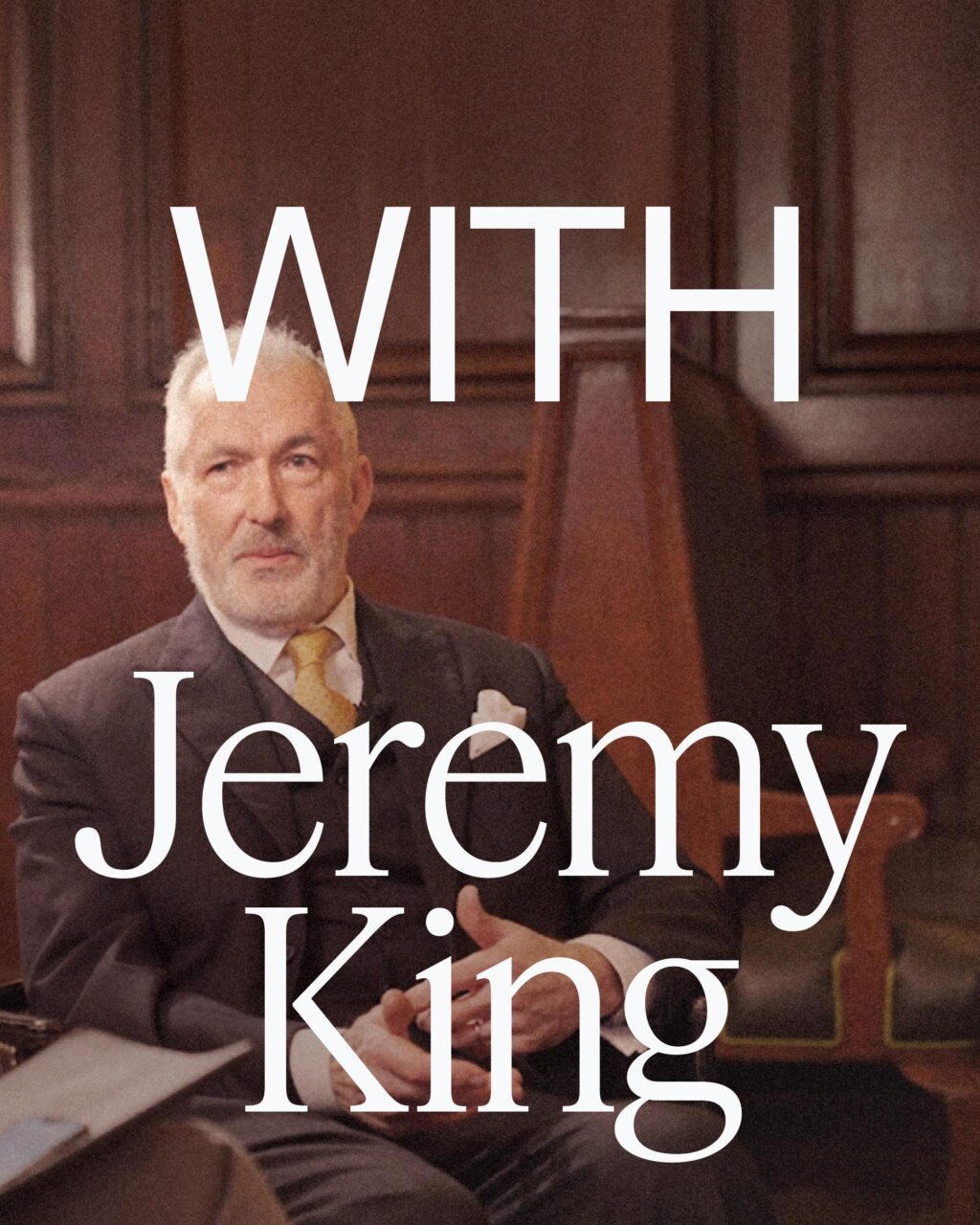
INTERVIEWS
The stories Jeremy King could tell… the industry icon on risk, investment and design
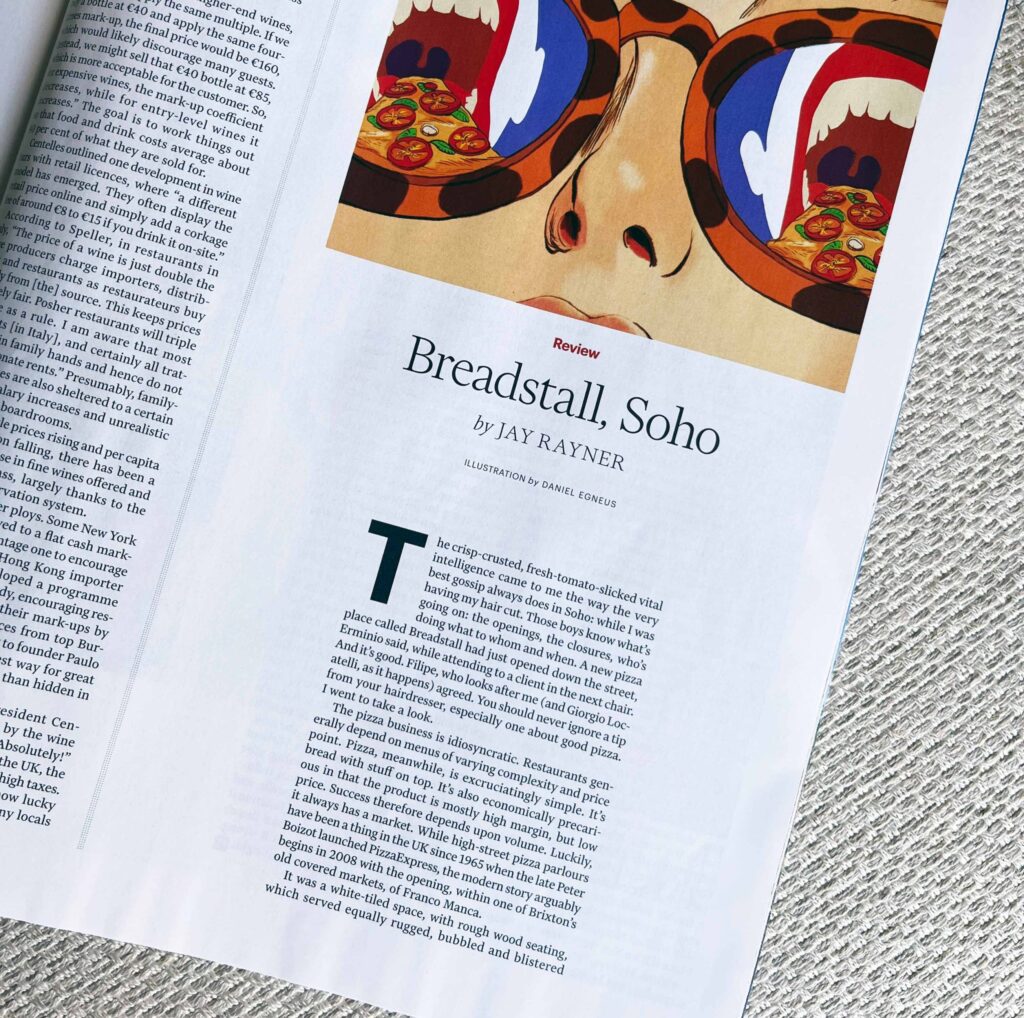
NEWS
“You may have your favourite, this is now mine.” Jay Rayner on Breadstall.

INTERVIEWS
A workout with BAM’s Product & Brand Director
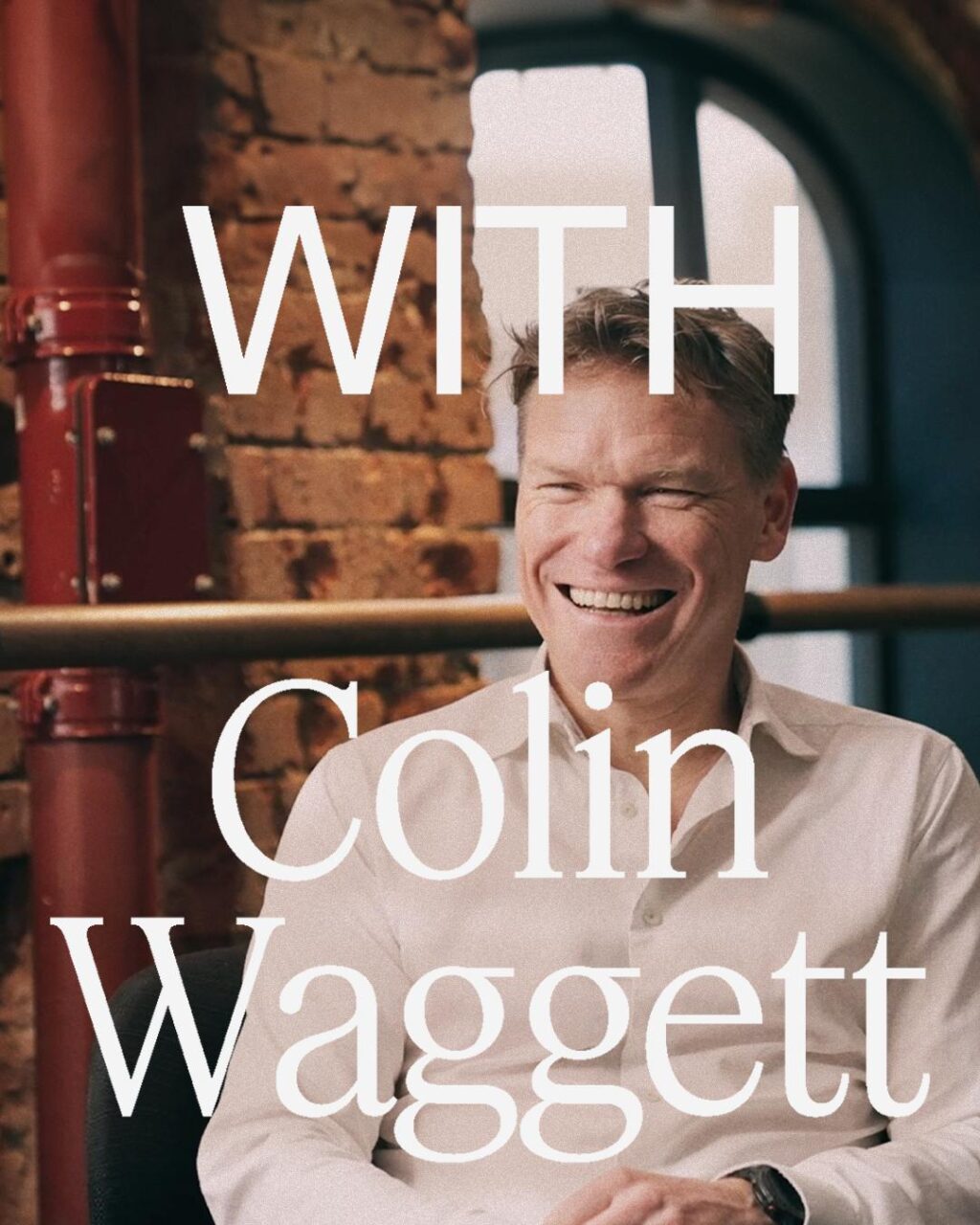
INTERVIEWS
A post-workout shake with Third Space’s CEO

INTERVIEWS
Deep Dive with The Thinking Traveller’s Head of Brand
OPINION
By Phillip Koh
The case against “disruptive brands”
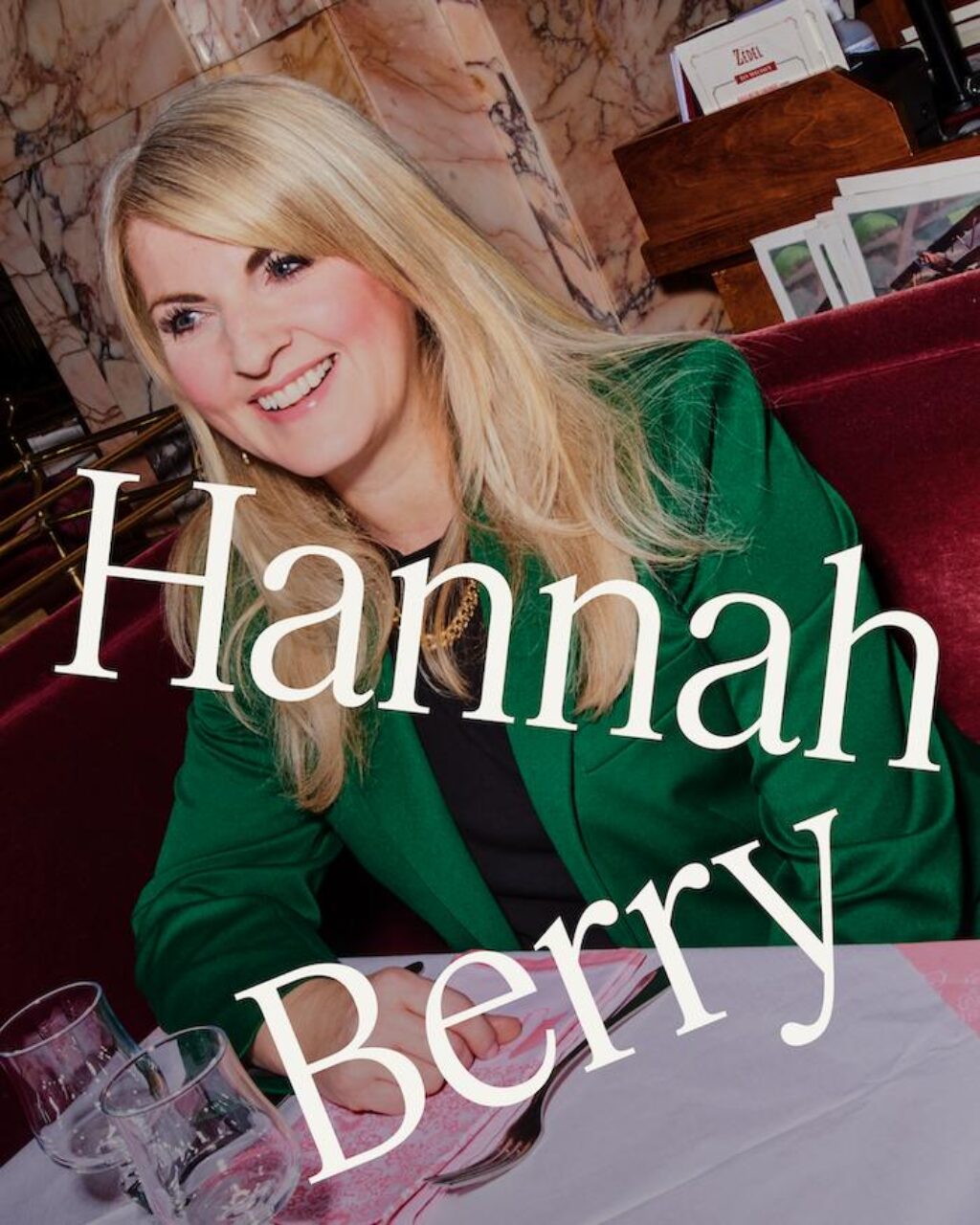
INTERVIEWS
Creating emotion online with The Wolseley
OPINION
By Philip Koh
How to grow your lifestyle brand
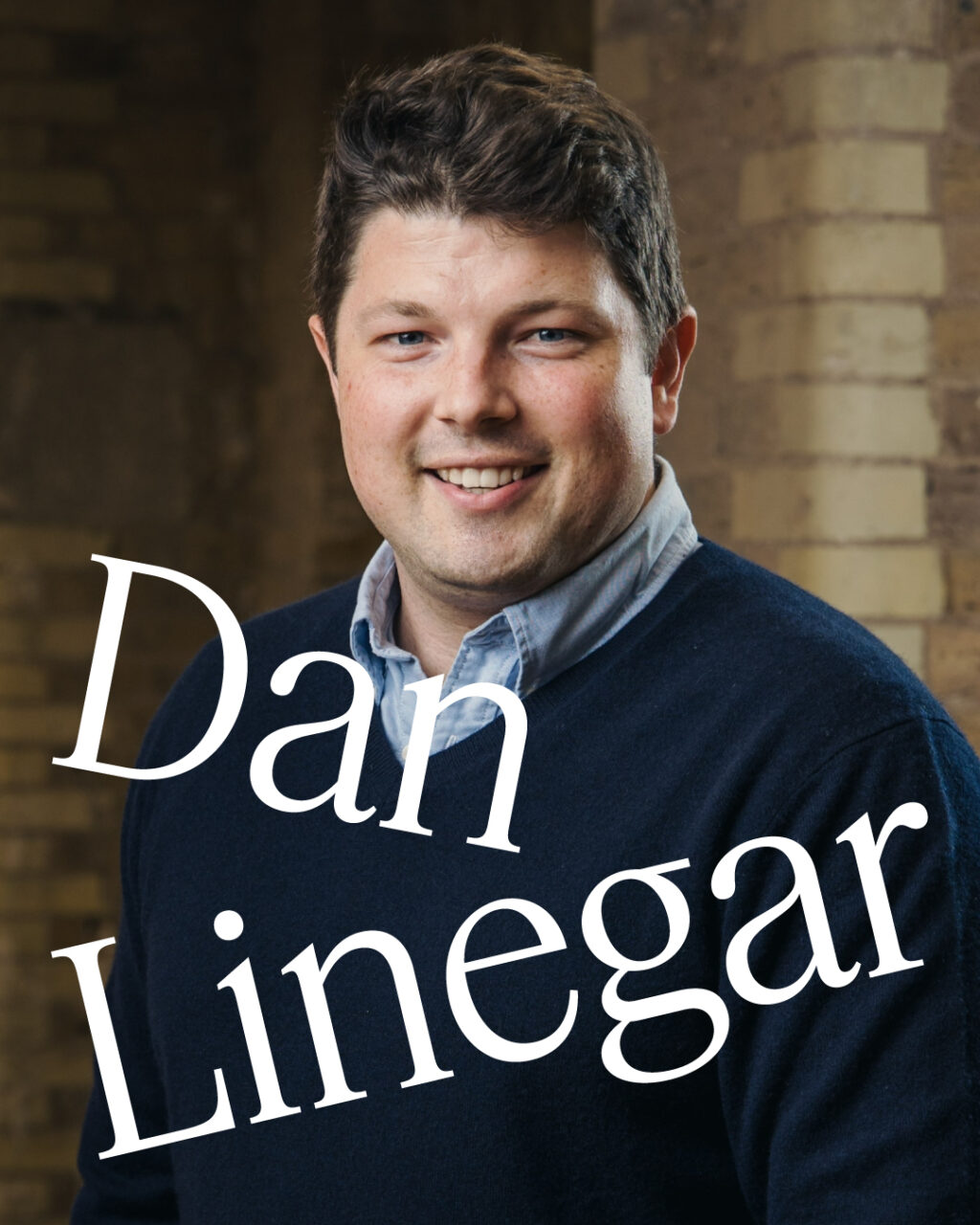
INTERVIEWS
The investor’s view on brand building, with Active Partners
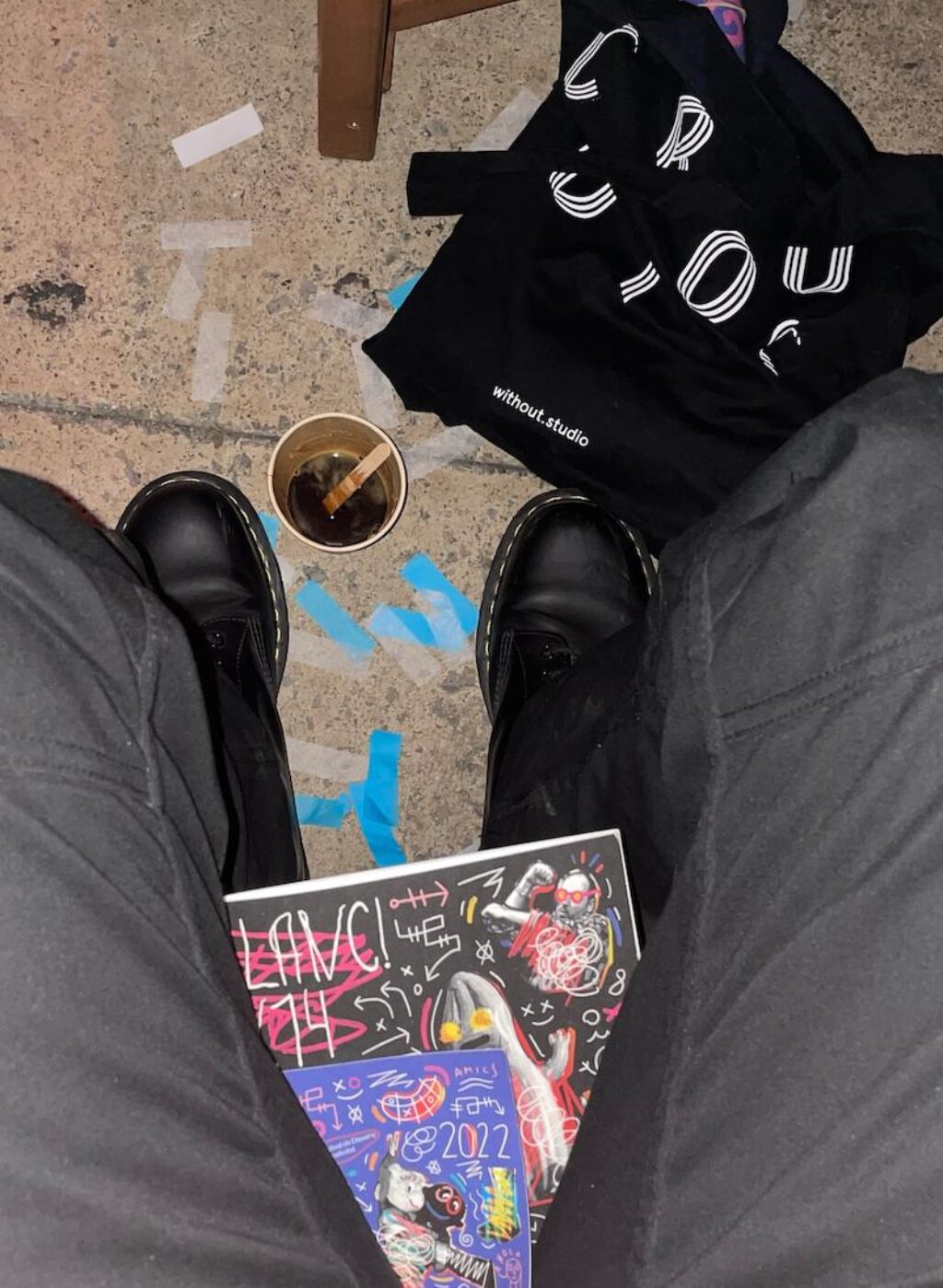
NEWS
Our review of Spanish design festival Blanc!
OPINION
Why a purpose-first approach sets brands apart
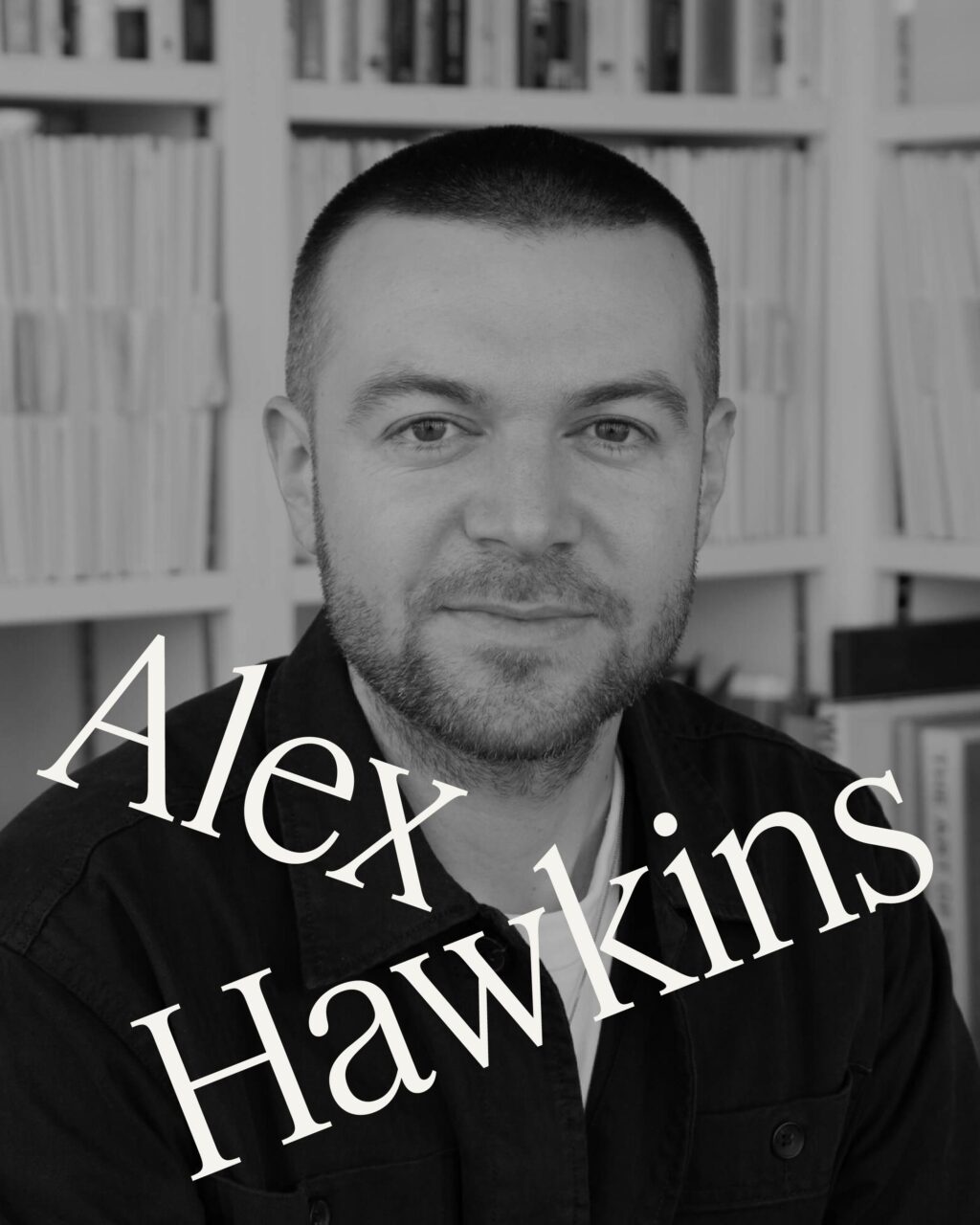
INTERVIEWS
How fitness brands can lead the global wellness market with The Future Laboratory

OPINION
Hiring the best people, wherever they call home
OPINION
Inside Story
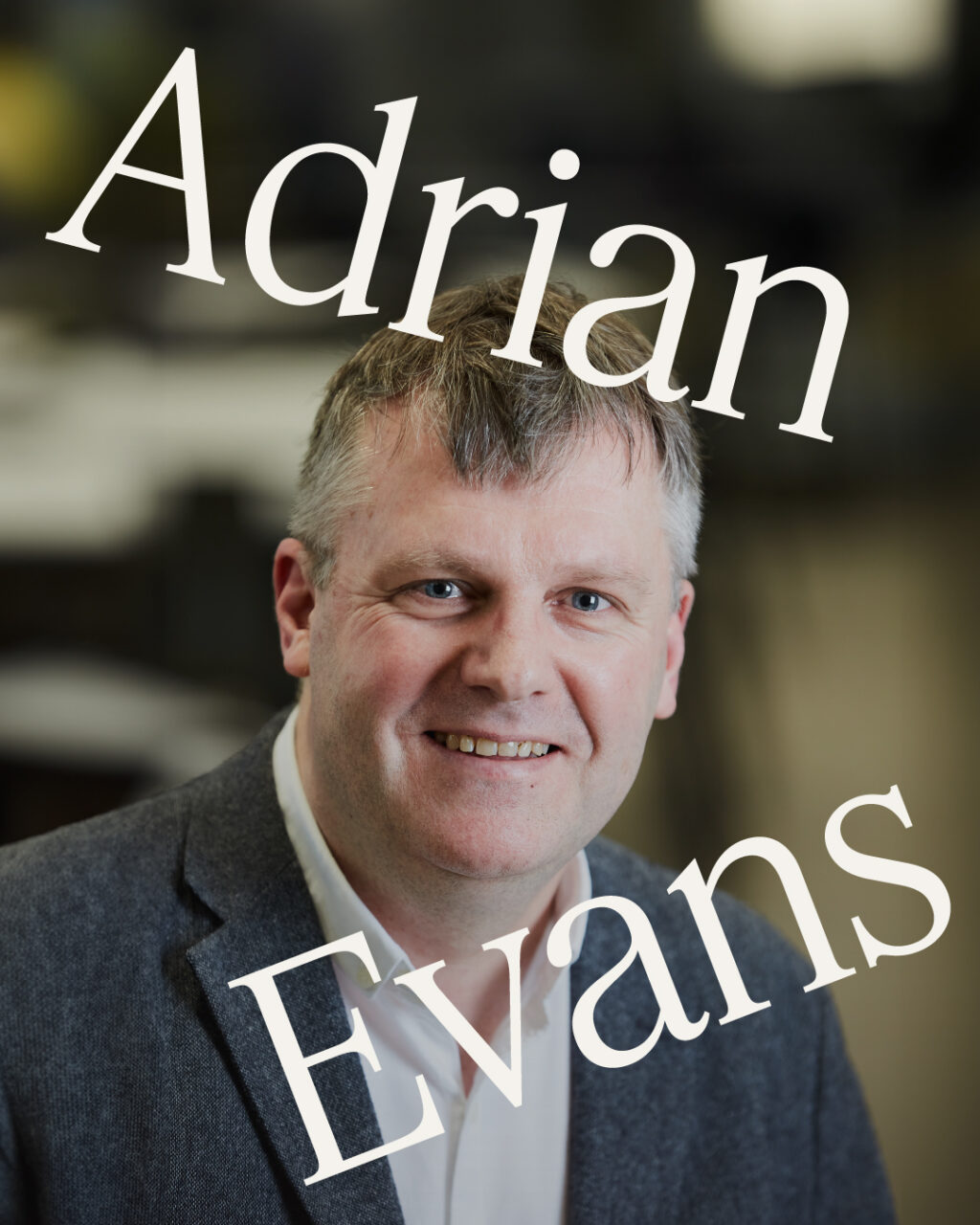
INTERVIEWS
How to disrupt your sector with Sodexo
Loading…

